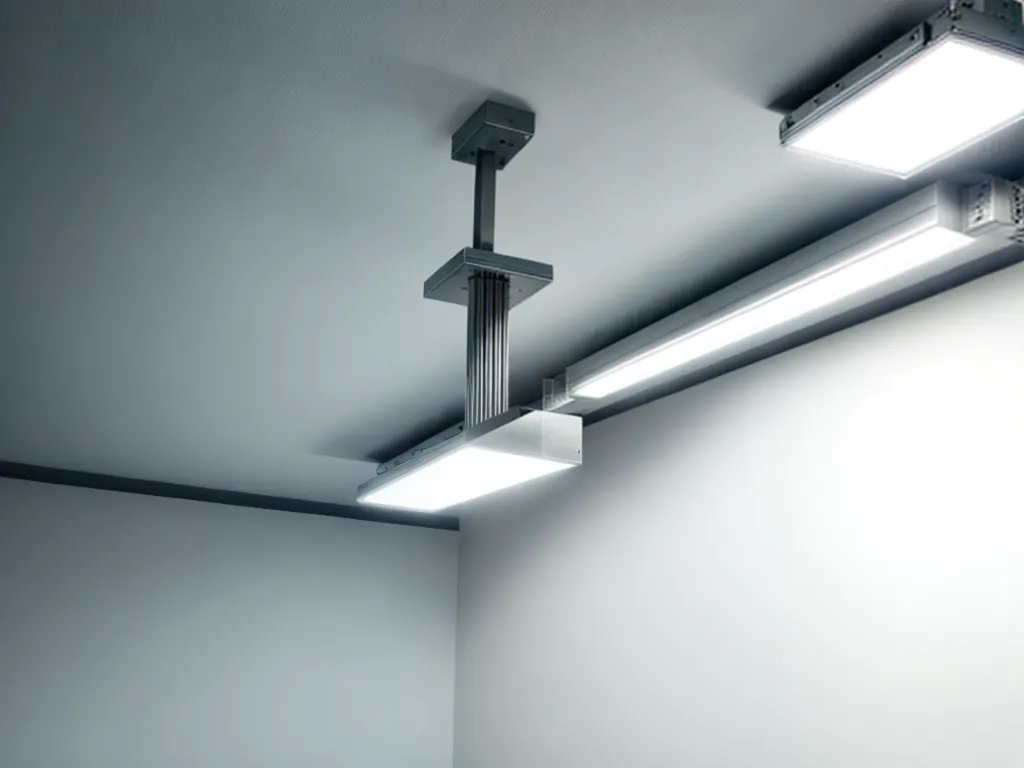
Overlooked Ways to Reduce Energy Costs in Commercial Lighting
Introduction
Reducing energy costs is a top priority for many commercial building owners and facility managers. Lighting often represents a significant portion of a commercial building's energy use, so it presents major opportunities for cost savings if addressed properly. There are several overlooked ways that commercial buildings can reduce their energy costs specifically related to lighting. In this article, I will discuss these overlooked opportunities in depth.
Upgrade to LED Lighting
One of the most impactful ways to reduce energy costs is to upgrade from traditional lighting like fluorescent and incandescent to LED lighting. LEDs use at least 75% less energy and last 25 times longer than incandescent lighting. Here are some key reasons why LEDs should be strongly considered:
-
Long Lifespan - LEDs can last up to 100,000 hours compared to just 1,000 hours for incandescent bulbs. This reduces the frequency of bulb replacements.
-
Directional Lighting - LEDs emit light in a specific direction, reducing wasted light and improving lighting efficiency.
-
No Warm-Up Time - LEDs provide instant-on lighting without warm-up time. This allows for additional energy savings.
-
Cool Operation - LEDs give off very little heat, reducing HVAC costs compared to other lighting that gives off heat.
-
Dimming Capabilities - LEDs can be paired with dimming controls for further energy savings during peak hours.
-
Incentives and Rebates - Many utility companies offer rebates and incentives to upgrade to LED lighting providing a faster payback.
While the upfront cost of LED lighting is higher, the total lifecycle costs are significantly lower over the long run. The energy savings and reduced maintenance usually provide a full payback on investment in 2-3 years.
Install Lighting Controls
Installing lighting controls is another overlooked way commercial buildings can cut lighting energy use substantially. Here are some of the most impactful lighting controls to consider:
Occupancy Sensors
Occupancy sensors automatically turn lights on and off based on detecting motion in a space. They prevent lights from being left on in unoccupied areas. Occupancy sensors can reduce lighting energy use by at least 30% in spaces with intermittent occupancy like offices, restrooms, and storage rooms.
Daylight Harvesting
Daylight harvesting controls use photosensors to dim artificial lighting when ample daylight is available. By dimming lights based on daylight levels, these systems can reduce lighting electricity use by up to 70%. They work best when paired with dimmable LED lighting.
Time Scheduling
Time schedulers allow facility managers to program lighting on/off times and dimming by time of day. This ensures lights are operating only when needed. Time scheduling can reduce lighting energy use by 45% or more.
Tuning and Calibration
Proper tuning and calibration ensures lighting controls are functioning as efficiently as possible. A recent tuning assessment on a commercial office building led to a 26% reduction in lighting energy use by adjusting sensor time delays, setpoints, and schedules.
Retrofit Fixtures and Lamps
Upgrading from outdated and inefficient lighting fixtures and lamps to more modern options provides major energy reduction opportunities:
-
T8 to T5 Fluorescent Lamps - By retrofitting T12 fluorescents to 28W or 25W T8 lamps, buildings can achieve 20-40% lighting energy savings. Switching to even more efficient T5 fluorescents can provide additional savings.
-
Magnetic to Electronic Ballasts - Replacing magnetic ballasts with electronic ballasts can reduce lighting power draw by 30-50% in fluorescent fixtures while also improving lighting control.
-
Reflectors - Installing new specular reflectors increases light distribution efficiency. Reflectors can improve lighting uniformity by up to 60%.
-
Luminaires - Replacing old luminaires entirely with new luminaires optimized for LEDs or fluorescents provides the highest efficiency gains.
For major retrofit projects, be sure to explore available utility incentives which can offset 25-75% of project costs.
Clean and Maintain Lighting Systems
Over time, lighting systems can fall into disrepair, collect dirt and dust, and become misaligned. By thoroughly cleaning and maintaining lighting systems, commercial buildings can achieve like-new lighting levels while reducing energy waste. I recommend quarterly lighting maintenance including:
- Cleaning lenses, diffusers, and lamps
- Replacing burned out lamps
- Re-aligning misdirected fixtures
- Ensuring proper lighting levels
- Checking control functionality
Proper maintenance helps lighting systems perform closer to initial design specifications and prevents incremental efficiency losses over time.
Consider Retrocommissioning
For commercial buildings looking to take a deep dive into lighting upgrades and improvements, a retrocommissioning assessment can be highly beneficial. Retrocommissioning systematically evaluates current lighting systems versus needs, identifies deficiencies, and provides energy saving measures likely to have a swift payback. Lighting retrocommissioning can reduce lighting energy usage by 30-60% in older buildings. The retrocommissioning report also helps prioritize upgrade projects and identify utility incentives.
Conclusion
The lighting systems in commercial buildings present tremendous opportunities for energy and cost savings. While lighting upgrades like LED installations tend to get the most attention, many of the overlooked ways covered in this article can have an equally large impact with lower upfront costs. Companies that take a comprehensive approach to improving commercial lighting efficiency stand to benefit from significant energy cost reductions.